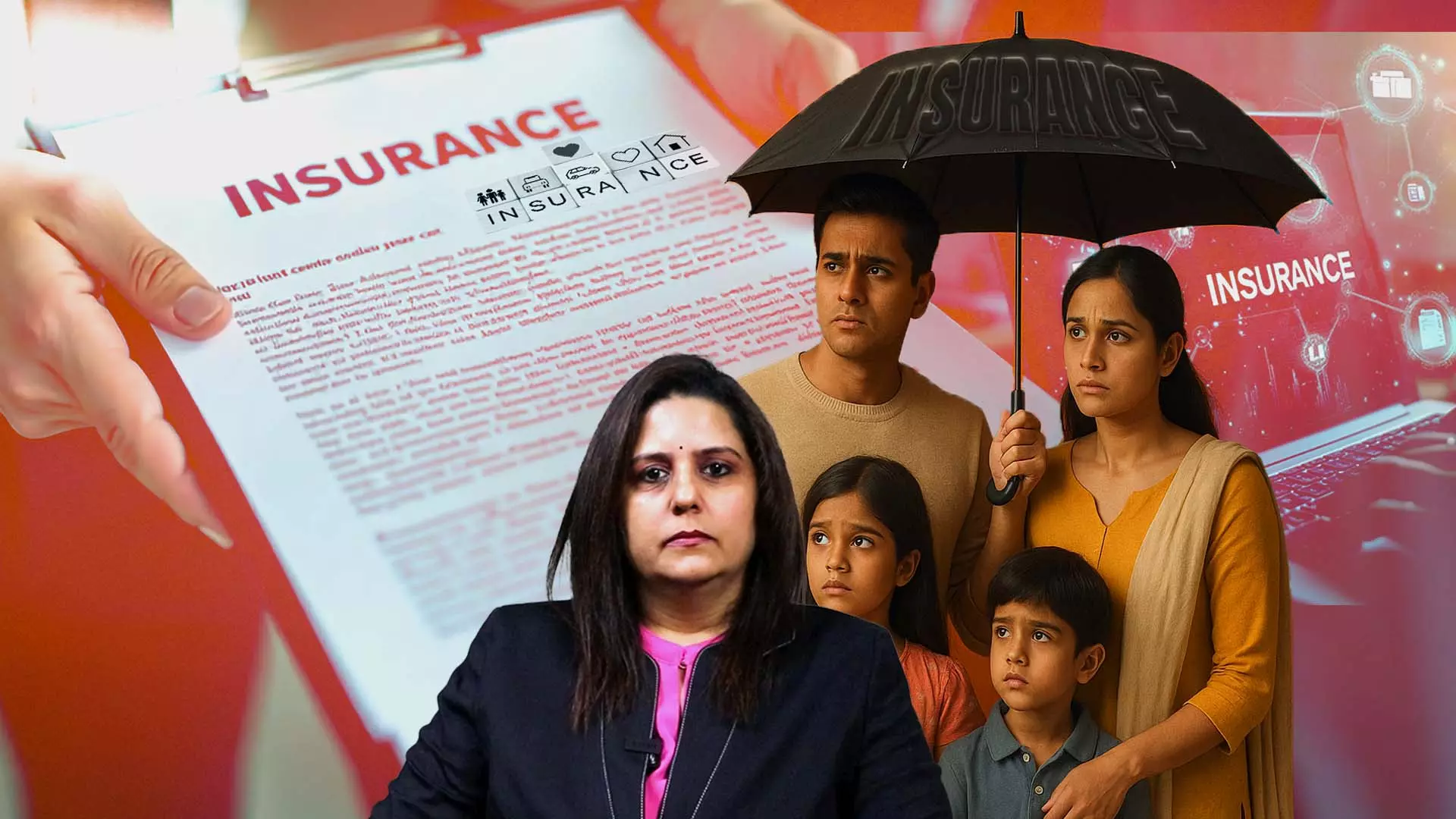
Ranjini interview
Insurance mistakes most Indians make: Expert reveals what you need to know
India’s insurance coverage remains low despite frequent crises. The Federal speaks with insurance expert Ranjani to reveal key insights

Amid rising medical inflation and complex investment options, insurance remains a critical yet misunderstood financial safety net. Industry expert Ranjini explains why ULIPs often underperform, why term insurance is non-negotiable, and how to navigate health coverage gaps in a post-COVID world.
Many investors avoid ULIPs, preferring direct market investments. What makes ULIPs problematic?
ULIPs charge 1–2.25% annually, creating a drag on returns. For every ₹100 premium, only ₹95 is invested versus ₹99 in mutual funds. Returns range between 10.7 and 15.7%, while mutual funds historically deliver 16–17%. Post-2008 crash, trust eroded due to market-linked risks and capital loss.
Is term insurance still the recommended choice for family protection?
Absolutely. Pure term plans ensure family security upon death/illness. Return-of-premium variants cater to those living beyond policy terms. Everyone over 18 should have three policies: health insurance, term life, and personal accident cover.
How does medical inflation impact health coverage needs?
Medical costs rise 18% yearly in India. Angioplasty now costs ₹3 lakh (vs ₹1–2.5 lakh in 2018), projected to reach ₹6–7 lakh by 2030. Major surgeries like heart transplants can cost ₹25–30 lakh. Most people are severely underinsured.
Are government schemes like Ayushman Bharat sufficient?
While beneficial (e.g., ₹5 lakh family cover), awareness is low. For ₹436/year, Pradhan Mantri Suraksha Bima Yojana offers ₹2 lakh life cover; ₹20/year gives ₹2 lakh accident cover. But these remain inaccessible to 33% of Indians earning under ₹15,000/month.
Why maintain personal health insurance alongside corporate policies?
Corporate coverage ends with job loss. If you develop conditions like diabetes before securing personal insurance, insurers may deny coverage. Always run a parallel personal policy—porting group plans is often impossible post-COVID.
What’s the biggest mistake people make with motor insurance?
Skipping comprehensive coverage for third-party-only plans. During floods, engine repairs cost ₹60,000–1 lakh, but customers reject ₹3,000–4,000 engine protect add-ons. Comprehensive coverage is non-negotiable for unforeseen events.
How critical is declaring pre-existing conditions?
Extremely. Non-disclosure—even unintentional—gets claims rejected. One client’s 17-year policy was voided over a ₹45,000 claim due to an undeclared minor history. Declare everything: eye issues, congenital conditions, or lifestyle habits.
What’s your ultimate insurance advice?
Start at 18. Young, healthy individuals get better terms. Post-25, lifestyle risks (alcohol, smoking) trigger premium loadings. Coverage should be 10 times your annual income. Insurance isn’t a luxury—it’s a necessity against unpredictable crises.
The content above has been transcribed from video using a fine-tuned AI model. To ensure accuracy, quality, and editorial integrity, we employ a Human-In-The-Loop (HITL) process. While AI assists in creating the initial draft, our experienced editorial team carefully reviews, edits, and refines the content before publication. At The Federal, we combine the efficiency of AI with the expertise of human editors to deliver reliable and insightful journalism.

